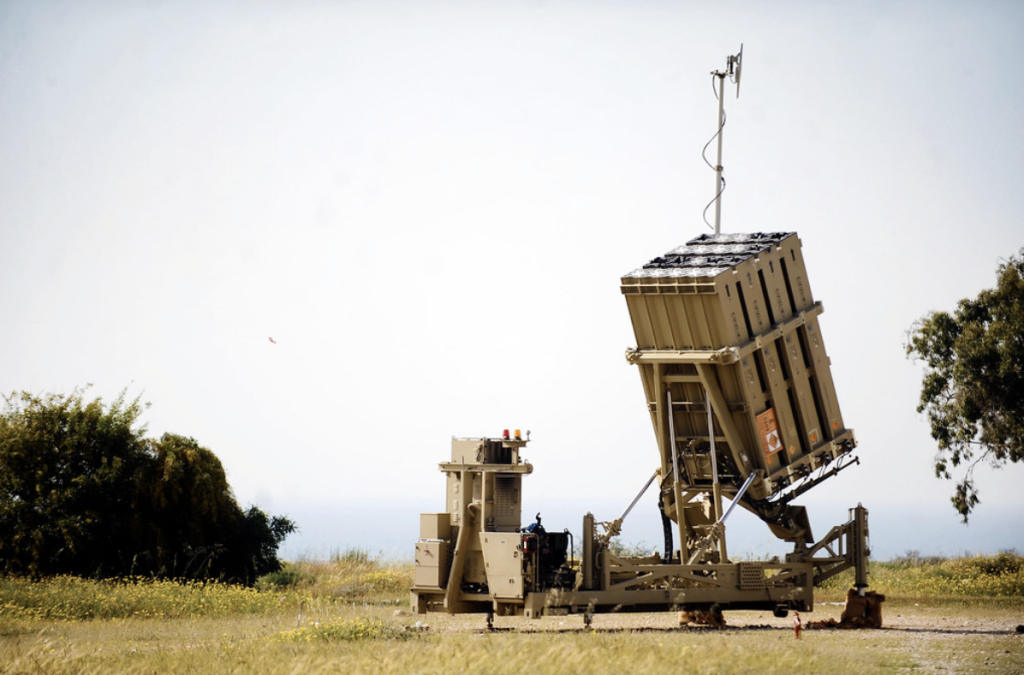On 7 October 2023, the Palestinian terror group Hamas led a series of surprise attacks on Israel. The attacks were a carefully coordinated effort originating from the Gaza Strip through land, air, and sea. The scale of the attacks included unprecedented tactics and a four-part operation that began with the barrage of 3,000 rockets fired from Gaza with the simultaneous incursions over the borders by terrorists, after which they are said to have stormed the cement walls and fortified electric systems at Israel’s border, popularly called the ‘iron-wall,’ or ‘smart fence.’ After securing the terrain, they infiltrated the Israeli territory, resulting in the terrible loss of over 1,500 lives and the capture of over two hundred hostages.
The whole world and Israel were taken aback by the timing of the attacks, with Israel admitting that it was caught off guard by the offensive of Hamas. Any mission on this scale requires careful planning and several months of stakeholder coordination. Analysts have estimated that such an event would have required Hamas at least two years of planning and ensuring that the intelligence communities watching them did not get a whiff of what was being planned. Analysts have also contemplated a set of possible scenarios that may have helped Hamas in this effort. Among them is the theory that the leadership of Hamas used Huawei phones to evade the communications being tapped into. How has China helped Hamas in previous years? How did unconventional methods of warfare help defeat the high-technology security systems in place between the borders of Israel and Gaza? Are Huawei phones helpful in maintaining high security in communications against Israel or the US?
Israel’s intelligence agencies have carried an aura of invincibility for decades. The country has a globally appreciated four-layer air defence apparatus at its borders designed to tackle a range of short-range mortars, projectiles, long-range missiles, and rockets, with a comprehensive missile shield consisting of Arrow-3, Arrow-2 (the possibility of an Arrow-4 sometimes discussed), David’s Sling, and the Iron Dome. Hamas attempted to breach this system during previous attempts. The Israeli delayed response on 7 October has been analysed to determine what went wrong in the intelligence system.
Among the many theories that floated following the incident, a report published by Al Bawaba, a Jordanian media site, took the interest of many experts. The report stated that Hamas had been using Huawei smartphones to evade eavesdropping by Western intelligence agencies. Aimen Dean, a security consultant and former MI6 spy, confirmed the theory, saying, according to MI6 Data, that Hamas has been using Chinese technology, particularly phones and electronic devices from Huawei. Dean was quoted saying, “Huawei! Yes, for the past 30+ months, Hamas leaders and militants used Huawei phones, tablets, and laptops,” explaining in detail that it is hard to crack these gadgets because the ban from US tech companies has led the Chinese company Huawei to develop in-house systems that are not easy to hack. While alternative technology may have aided Hamas efforts, it is crucial to understand the operation details to contextualise the mission further and assess the loopholes in the existing technical systems in the region.
China has maintained a form of diplomatic relationship with Palestine since 1988 and has been supportive of the Palestinian cause. Through this, it is believed that the Chinese have provided technological support to Hamas, primarily through telecommunications, infrastructure, and surveillance technologies. China has consistently denied allegations of this support and has maintained a policy of non-interference in the Israel-Gaza conflict. Thus, the use of Chinese technology may be due to something other than the apparent.
Hamas seems to have understood that their operation would be against a militarily superior entity with sufficient space-based intelligence capabilities, so they opted for the unconventional use of tactics. Israel’s intelligence failures have several shortcomings. Initial reports have proven that Hamas attacks were the result of careful planning for months with the role of hundreds of militants, showing that the circle of knowledge has been extensive. This would mean that the intelligence services did not have access to HUMINT or that their human sources did not provide the necessary information. In the case of Signals Intelligence, SIGINT, it is believed that Hamas may have undertaken a massive cyber cleanup campaign while also engaging in a classic denial and deception scheme. This is because, for the past two years, Israeli security officials believed that Hamas was not active and were hardly looking to revive their hostilities, as they were focusing on the civilians of Gaza and recovering from the March 2021 conflict.
According to the initial CSIS report on the 7th October attacks, it is assumed that Hamas may have kept the planning circle of the attack very small to ensure that no plan leakage occurred. This brings us back to the question of space-based intelligence-gathering technologies. In the case of unconventional or ‘old school’ methods of warfare, it would be imperative for a country’s ISR technologies to be able to detect threats persistently. The US Defense One, in its report, highlighted the need for better synergies in the AI with human guidance and insight, along with explaining that the time using space-based sensors is no longer a cure-all, as Hamas has displayed its ability to avoid detection.


